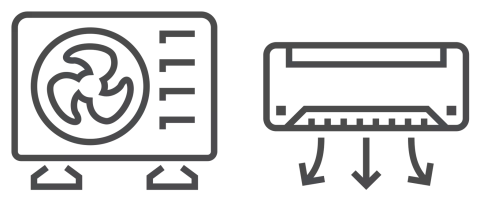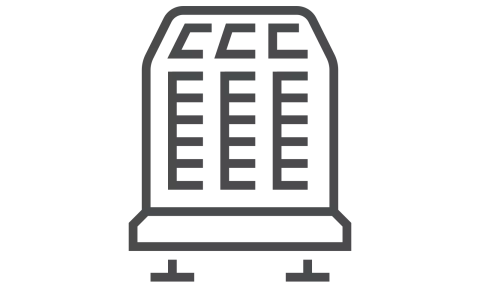HEAT PUMP WATER HEATERS
Q: My wife and I are in our late 70s. Our home will be a tear-down when we leave, between 10 and 15 years from now. Our central A/C is about 8 years old and we rarely use it. Would a heat pump still be a good investment? How about a heat pump water heater? We need to replace our water heater in the next year or two. Lastly, when will the IRA funds be available? I’m hoping my water heater makes it until I can use those funds. I don’t want to end up with a less efficient unit because it’s all I can afford.
—Savvy Senior Couple
A: The life of an air source heat pump is 15-20 years, which is longer than you plan to be in your house. Because you anticipate your home being a tear-down when you leave, and because your A/C isn’t that old and you don’t use it much, maybe investing in a heat pump for heating and cooling isn’t the highest priority in your case. I think focusing on the heat pump water heater is a great idea, especially since you know you need to replace your current water heater soon.
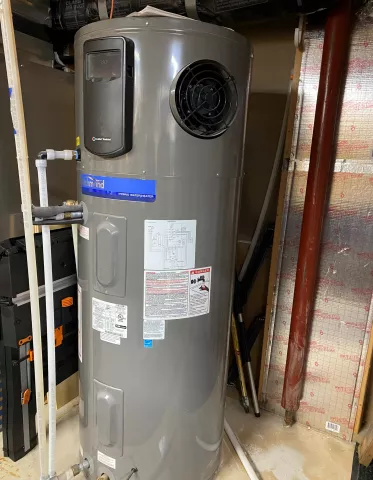 Heat pump water heaters take heat from the surrounding air and convert it into usable heat for water in a storage tank. Heat pump water heaters have a lifespan of about 10-15 years, and you would reap all the benefits of switching to this technology.
Heat pump water heaters take heat from the surrounding air and convert it into usable heat for water in a storage tank. Heat pump water heaters have a lifespan of about 10-15 years, and you would reap all the benefits of switching to this technology.
One consideration to keep in mind is that heat pump water heaters need to be located where there is enough air space from which to draw heat, ideally 750-1,000 cubic feet of air space (the upper end of this range is a room that is about 10 feet by 12 feet). Utility rooms in semi-conditioned basements and mechanical rooms adjacent to conditioned spaces are good locations to place a heat pump water heater in Minnesota homes. It is not ideal to place a heat pump water heater into a closet that is only slightly bigger than the water heater, but it may work if vents are added to allow air transfer.
The economics of switching look a little different depending on whether your current water heater is a conventional electric or natural gas water heater. Compared to conventional electric water heaters, heat pump water heaters typically cost $400-$1,500 more upfront, but cost roughly $200 less to operate each year, based on a 2015 study in Minnesota.
Compared to a natural gas tank water heater, the upfront cost of a heat pump water heater would typically be $900-1,500 more, and the operating costs may be roughly the same (based on current Twin Cities area gas and electric rates). Utility rebates are not yet available when making a switch from a natural gas water heater to a heat pump water heater. (Note, however, that utilities may soon be able to provide incentives for this kind of fuel-switching because of the Energy Conservation and Optimization (ECO) Act.)
There are ways to offset the higher price of heat pump water heaters. For example, if you pay taxes, ENERGY STAR heat pump water heaters are now eligible for a 30% tax credit, up to $2,000. In addition, some electric utilities offer rebates for heat pump water heaters (when replacing an electric water heater). The Inflation Reduction Act rebates will be available in late 2023 or early 2024 and could take as much as $1,750 off of the purchase price of a heat pump water heater.
Most water heater replacements happen when people are in a bind: the water heater fails unexpectedly and people look to replace it as quickly as they can. This limits their options and can result in putting in a less efficient option. It sounds like you’re already creating a plan to proactively replace the heater before it fails on its own - that’s very savvy of you!
Photo: Former Metro Steering Committee member John Suzukida’s heat pump water heater, installed as part of beneficially electrifying his home. Learn more about his journey.

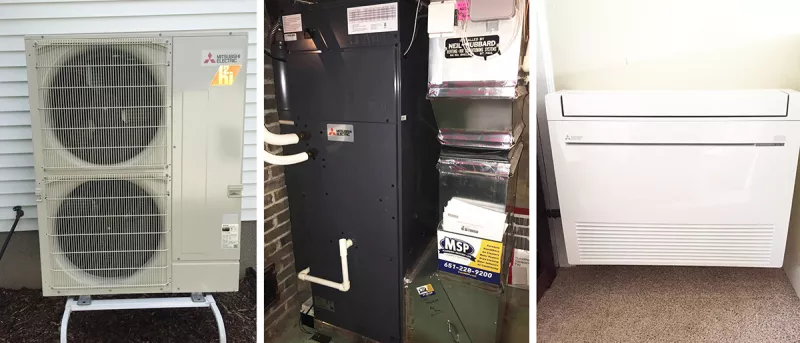
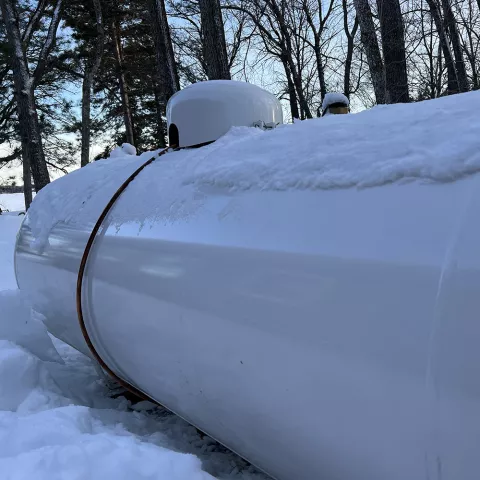 With a cold-climate air source heat pump, you’ll be maximizing its performance (and savings) for the entire winter. So, in the
With a cold-climate air source heat pump, you’ll be maximizing its performance (and savings) for the entire winter. So, in the 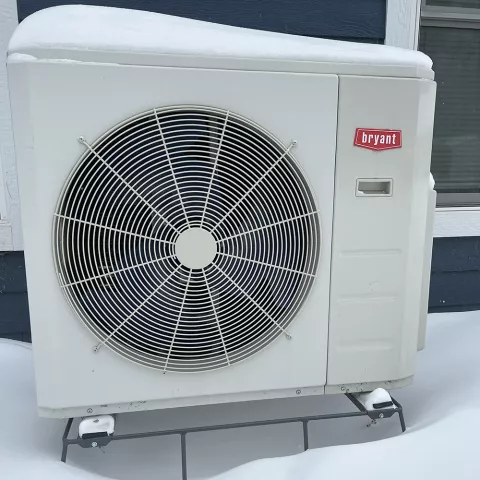 With the limited ductwork in your home, I would stick with what is working for your home — the mini-split system. I’d advise against a centrally-ducted heat pump, unless a contractor confirms with calculations that your ductwork can support it. A cold-climate mini-split heat pump is at least two times more efficient for heating than electric baseboards over a year, so, you will definitely save on your electric bill with this upgrade.
With the limited ductwork in your home, I would stick with what is working for your home — the mini-split system. I’d advise against a centrally-ducted heat pump, unless a contractor confirms with calculations that your ductwork can support it. A cold-climate mini-split heat pump is at least two times more efficient for heating than electric baseboards over a year, so, you will definitely save on your electric bill with this upgrade.  Heat pump water heaters take heat from the surrounding air and convert it into usable heat for water in a storage tank. Heat pump water heaters have a lifespan of about 10-15 years, and you would reap all the benefits of switching to this technology.
Heat pump water heaters take heat from the surrounding air and convert it into usable heat for water in a storage tank. Heat pump water heaters have a lifespan of about 10-15 years, and you would reap all the benefits of switching to this technology.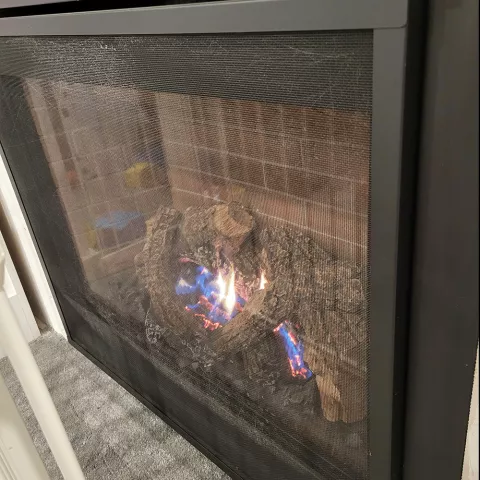 You could replace your central A/C with a ducted air source heat pump. (See November’s State Fair enthusiast post for more details ). It’s not urgent; your central A/C probably has about 5 more years of useful life. If your furnace is about the same age as your central A/C, it would be best to replace your furnace at the same time you replace your A/C with a heat pump, so you can be sure they will be compatible with one another. It would be most cost-effective to continue using the natural gas furnace as your primary heating system throughout winter. You could use the heat pump seasonally in Spring and Fall when outside temperatures are 35 degrees or warmer.
You could replace your central A/C with a ducted air source heat pump. (See November’s State Fair enthusiast post for more details ). It’s not urgent; your central A/C probably has about 5 more years of useful life. If your furnace is about the same age as your central A/C, it would be best to replace your furnace at the same time you replace your A/C with a heat pump, so you can be sure they will be compatible with one another. It would be most cost-effective to continue using the natural gas furnace as your primary heating system throughout winter. You could use the heat pump seasonally in Spring and Fall when outside temperatures are 35 degrees or warmer.